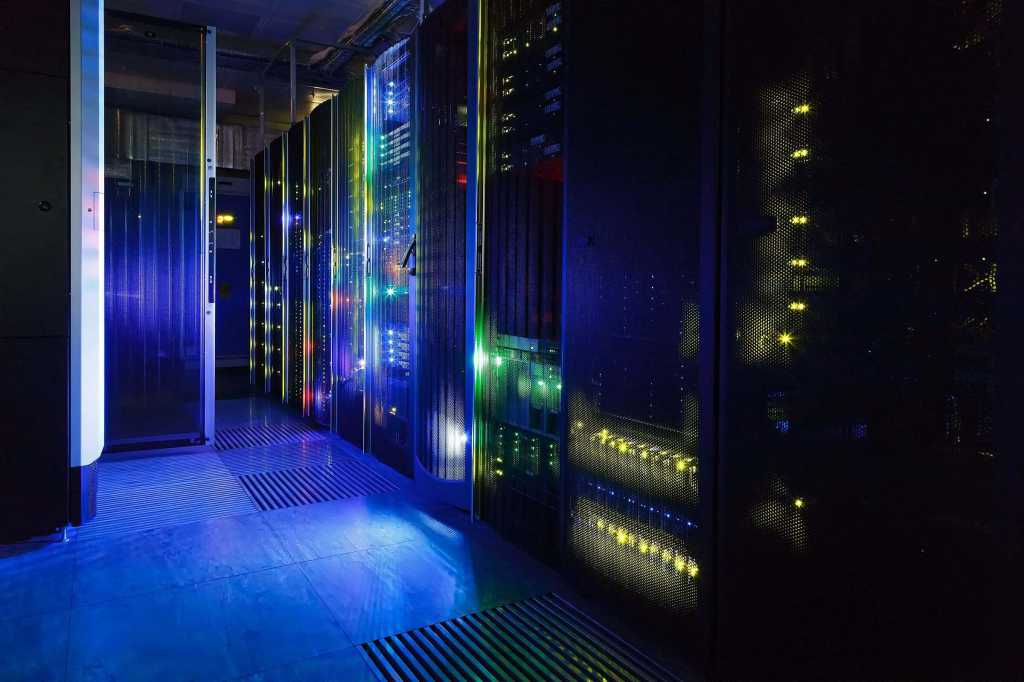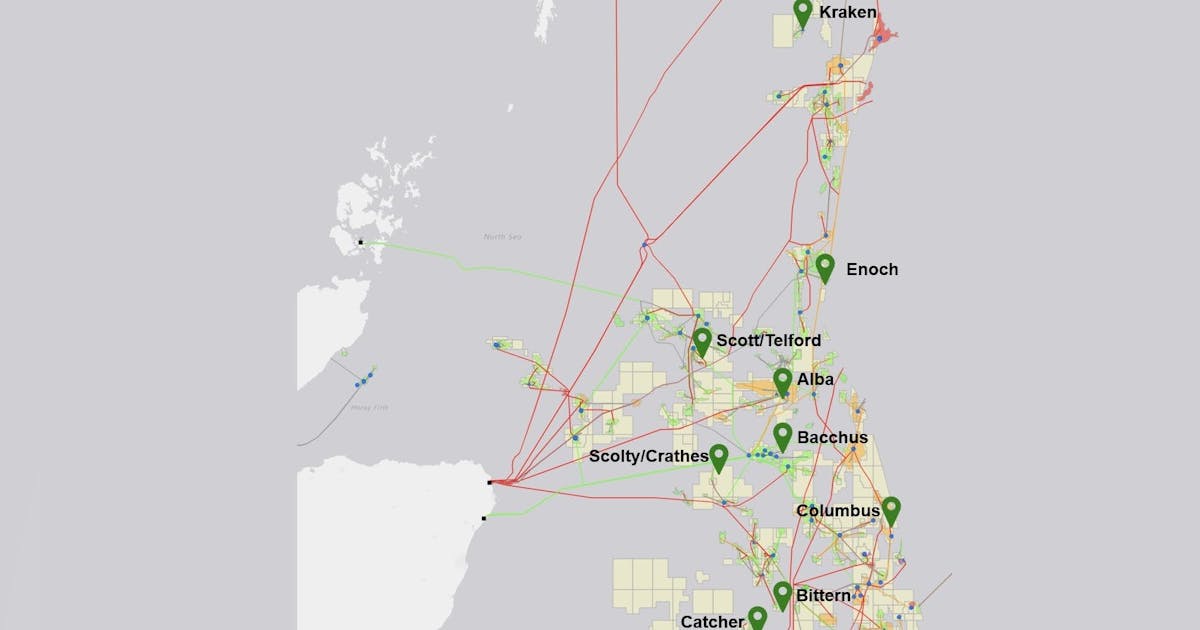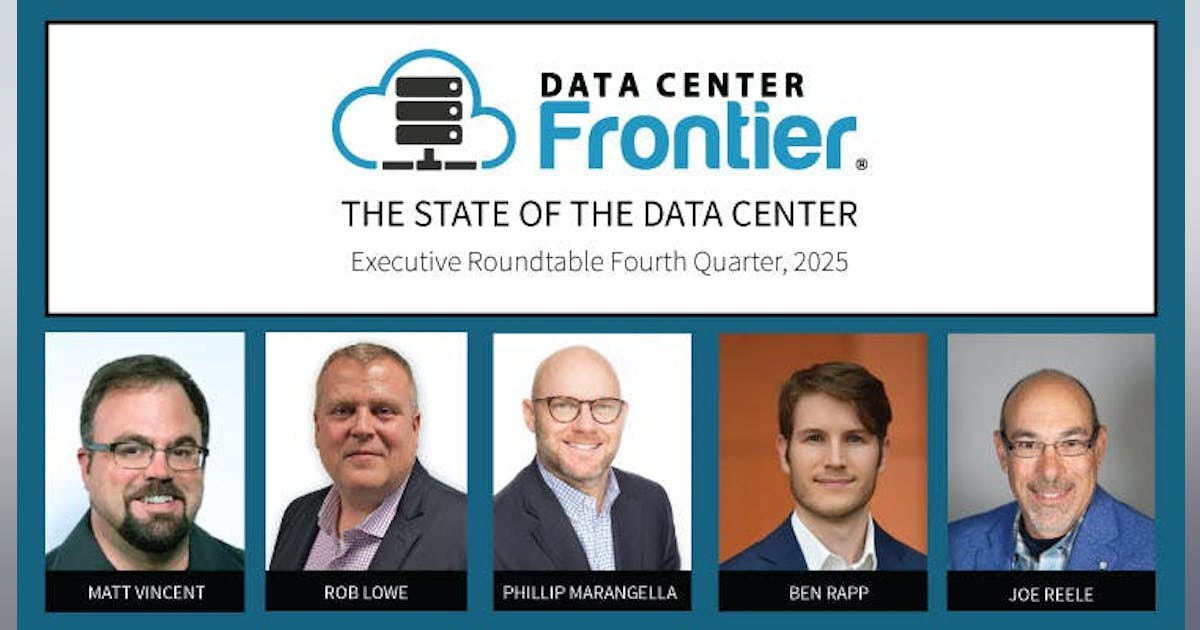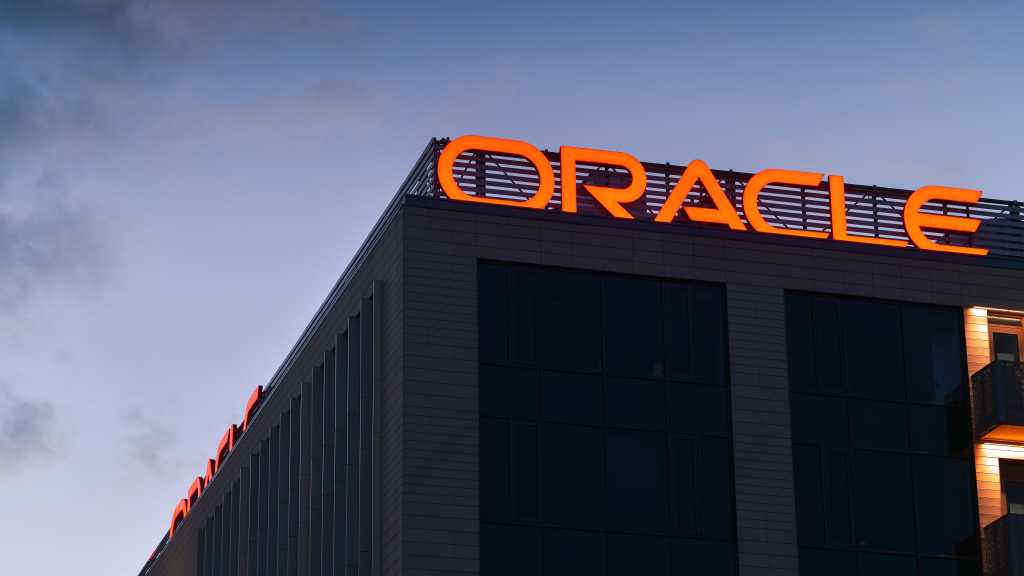
The UK’s £8.3 billion energy firm has announced plans to allocate £4 million to support community-owned energy projects in Scotland.
The joint fund with the Scottish Government will give communities chance to apply for from the scheme.
The funding pot targets local clean energy projects – from community-led onshore wind, to solar on rooftops and hydropower in rivers – generating profits which could be reinvested into community projects or take money off people’s bills, a statement from the Department for Energy Security and Net Zero (DESNZ) said.
GB Energy said the investment is part of its £8m community energy generation growth fund, with the remaining funding coming from the Scottish Government.
The community fund was announced when the body announced its first major investment, allocating £180m to support rooftop solar for around 200 schools in England, alongside a further £100m for nearly 200 NHS sites.
It also said £9.3m funding would be allocated to devolved governments to use for renewable energy schemes on either public sector buildings or new community projects, including £4.85m for Scotland, £2.88m for Wales and £1.62m for Northern Ireland.
Minister for Energy Michael Shanks, who is expected to deliver a speech via video at the All Energy conference in Glasgow, said: “This is our clean energy superpower mission in action – putting communities in the driving seat of energy generation and making sure people profit.
“Great British Energy wants to kickstart a community energy revolution, empowering our towns and villages to become mini energy producers and reinvest profits back into the local community.”























